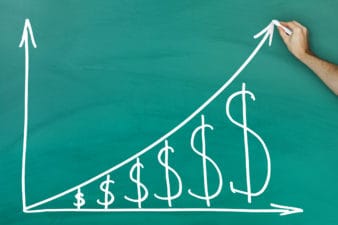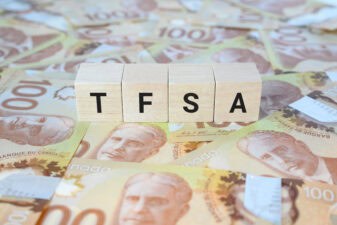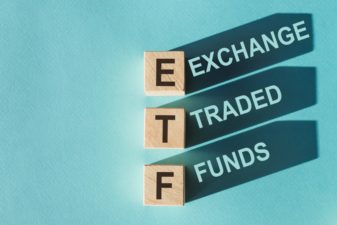Opening an RRSP is one of the best financial decisions you can make. Not only do RRSPs let you grow your investments tax free (until withdrawal), but they also give you a generous tax deduction when you contribute.
Right now, the maximum annual RRSP contribution limit is $26,500. If you put in your maximum year after year, you’ll enjoy considerable tax breaks over the course of your life–not to mention tax free growth until age 71. However, in order to get the greatest possible benefit from your RRSP, there are some rules you’ll need to abide by. The following five are among the most important.
Know your contribution limits
RRSPs have set contribution limits; going beyond them means you won’t get a tax deduction on the amount in excess of the limit. Your contribution limit is determined by your income, although there is an absolute maximum of $26,500 in 2019. Knowing your personal RRSP limit and not exceeding it is one of the keys to RRSP success. If you don’t know your contribution limit, you can find it on your CRA online account.
Invest for the long haul
To invest in an RRSP without early withdrawal penalties, you’ll need to hold until retirement or age 71 at maximum. For this reason, when investing in an RRSP, it pays to invest for the long term. Remember, if you make an instant quick gain in an RRSP, you won’t be able to withdraw the proceeds without a tax penalty. RRSP portfolios should therefore ideally focus on long-term holdings like Vanguard’s S&P 500 Index ETF (TSX:VFV). VFV is an ultra-diversified S&P 500 ETF that aims to simply recreate the average market return with a low fee. Funds like this are perfect for long-term investing, as they’re safe and worthy of holding for decades.
Name a beneficiary
If you want to transfer your RRSP holdings to a loved one when you pass away, make sure to name them as a beneficiary. If you don’t, the account may be liquidated on unfavourable tax terms, with the end result being that your loved one ends up with a smaller sum than you intended.
Mind the mandatory withdrawal
RRSPs come with mandatory withdrawals starting at age 71. Most people are aware that they need to start drawing on their RRSP no later than their 71st birthday; what most people don’t know is that a minimum amount needs to be withdrawn each year. Currently, the minimum at age 71 is 4% a year, which goes up over time. This is a strong argument for buying dividend stocks and ETFs, like the aforementioned Vanguard S&P 500 Fund, as they provide income that can cover the withdrawals.
Know when it’s OK to withdraw early
Although withdrawing early is generally an RRSP no-no, there are a few exceptions to this rule. One of them is what’s known as the home buyer’s plan. This is a special program for first time home buyers that lets you withdraw up to $25,000 in a single calendar year without a penalty. Ordinarily, RRSP funds withdrawn early are taxed at your marginal rate. But under the first time home buyers’ plan, you may withdraw without a penalty–provided you repay the amount withdrawn within 15 years.







